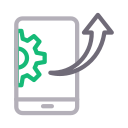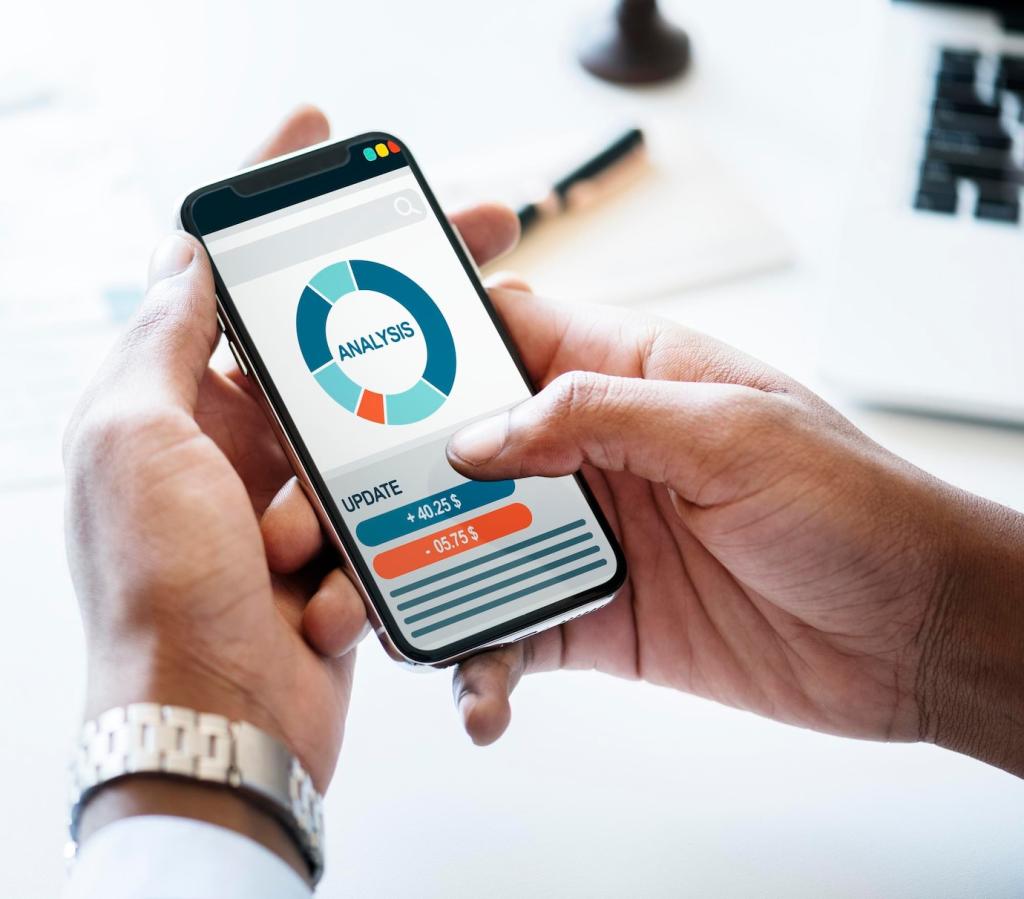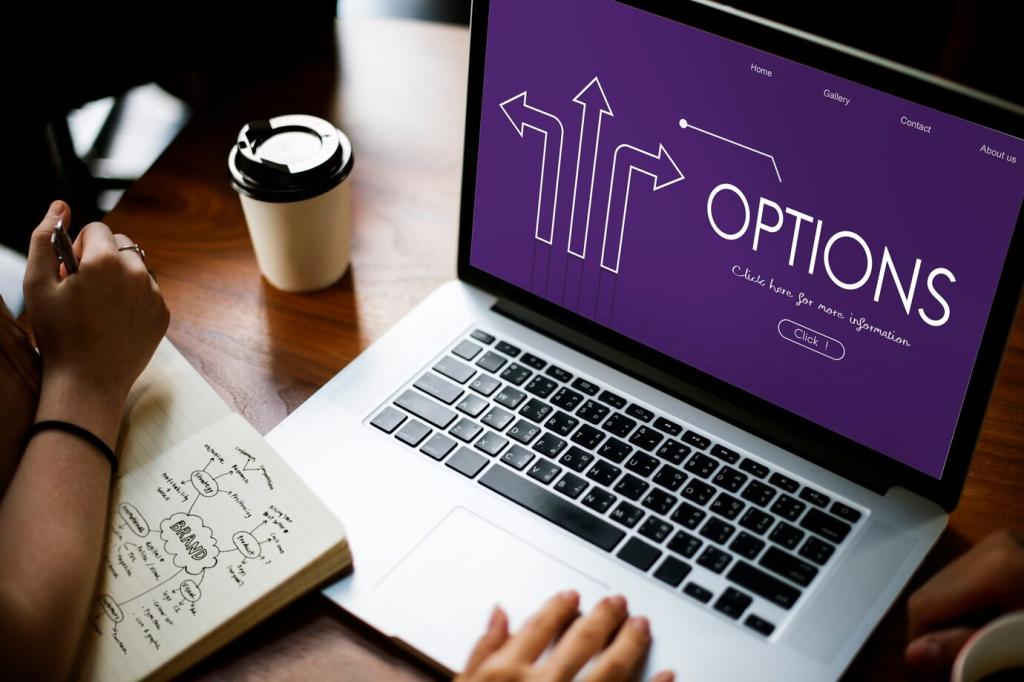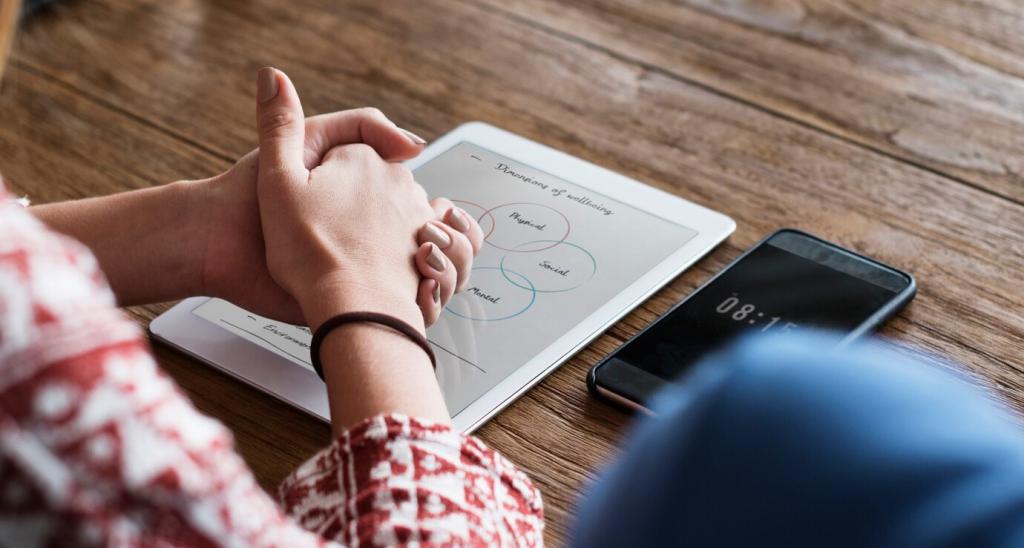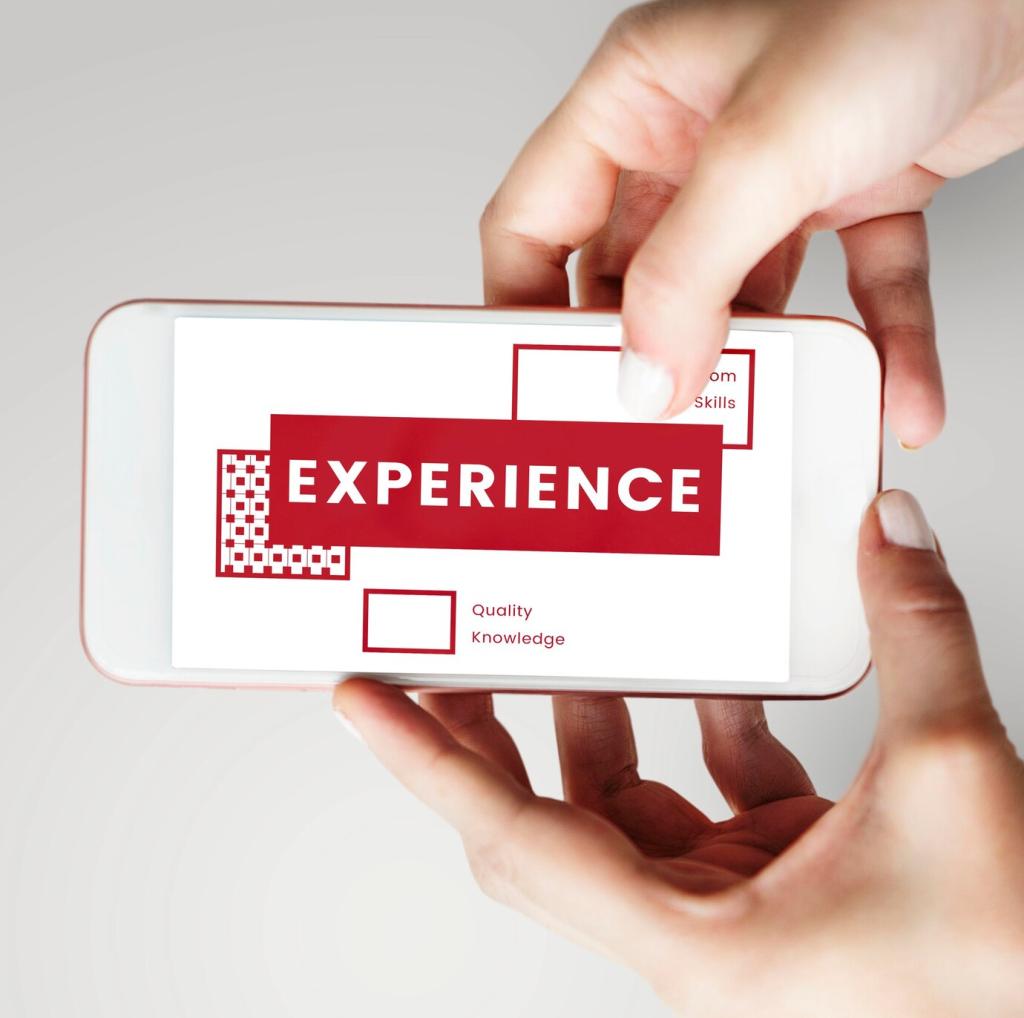Measure, Learn, Iterate
Track time-to-task, backtrack rates, and first-click accuracy. When users reach goals faster with fewer corrections, your navigation is earning trust. Share wins with the team to reinforce momentum.
Measure, Learn, Iterate
Create a lean event taxonomy focused on key journeys. Too many events obscure patterns; a few well-chosen metrics reveal where users hesitate, detour, or abandon flows entirely.
